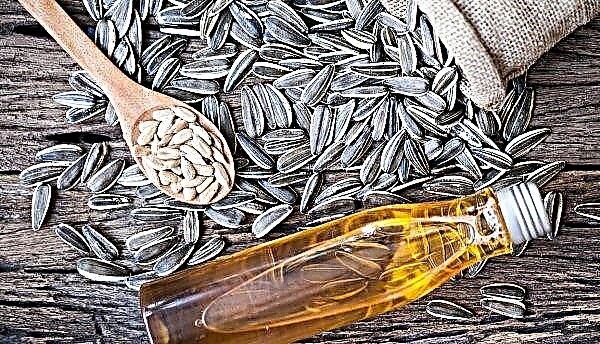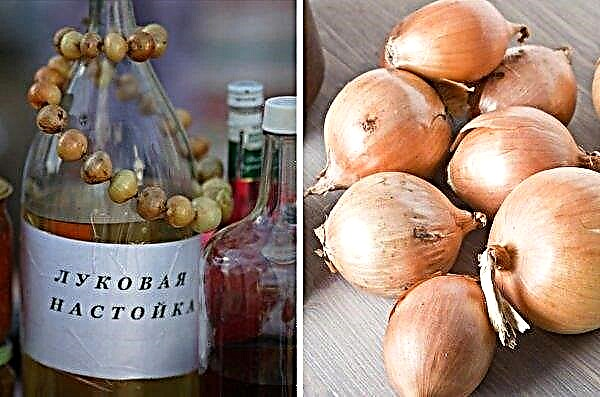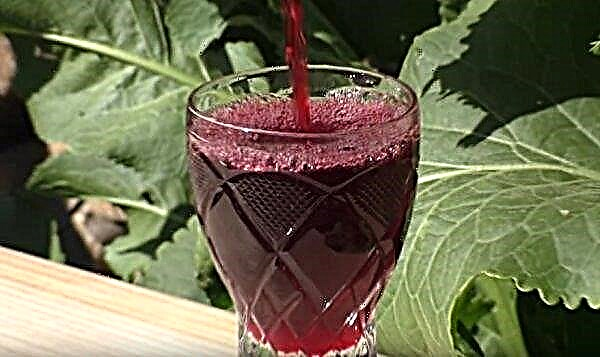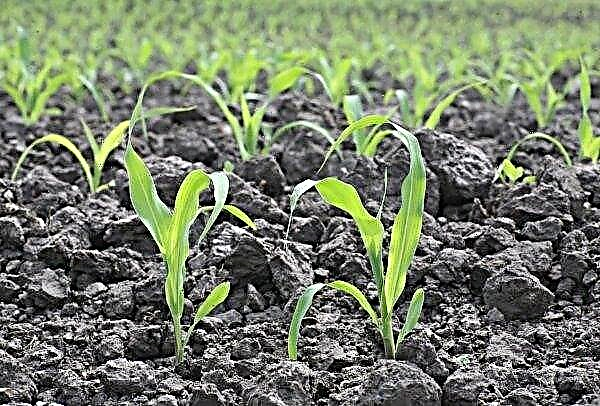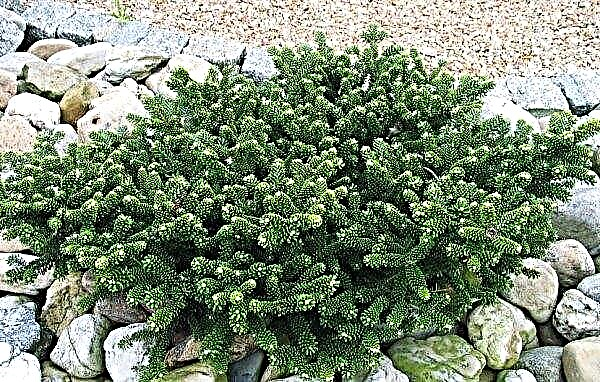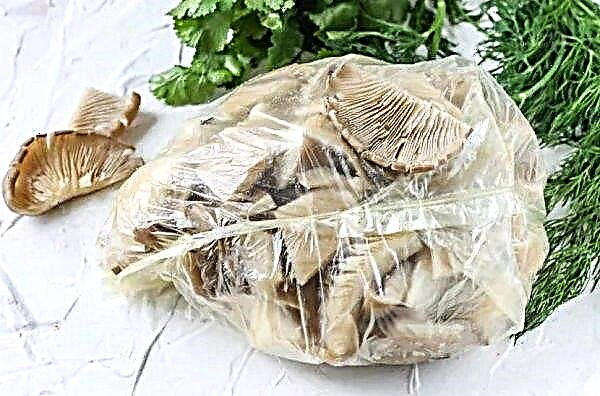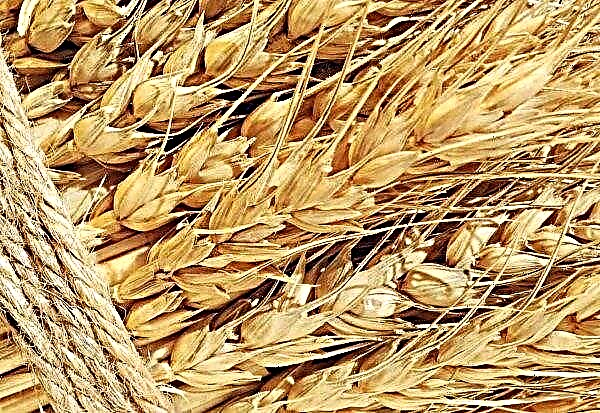One of the troubles that happen in the garden is the whitefly on cucumbers. The vegetable grower must know what kind of pest it is and to understand all the intricacies of its destruction. This will be discussed in the article below.
What is whitefly?
Whitefly is an insect pest that often infects garden crops. These are small insects - not more than 1 mm in length. The whitefly body is yellowish, while the wings are whitish, for which the pests have received this name. The insect has 2 pairs of wings.

These pests practically do not fly, but settle under the leaves on their wrong side. They stick to leaf plates and literally drink vegetable juice from them. Female whiteflies lay white-yellow larvae. They are difficult to distinguish on a leaf plate, since the diameter of one larva is not more than a third of a millimeter.
More often they are found on the green parts of cucumbers that grow in a greenhouse. The fact is that the pest is attracted by high humidity. However, this does not mean that whitefly affects only greenhouse plants - it can be found on cucumbers growing in open ground.
Did you know? The second name for whiteflies is aleirodid. Aleiron is translated from ancient Greek as “flour”, which indicates a white coating on the wings of insects.
Signs of whiteflies on cucumbers
Despite the fact that these insects are very small, the signs of damage to the plant can be determined by their appearance without additional research.
Among the symptoms, the following are distinguished:
- spots of whitish plaque on leaf plates;
- the accumulation of light midges on the inner side of the leaf, which can be set in motion by moving the stem;
- translucent yellow-white scales adhering to the back of the foliage, which are whitefly larvae;
- yellowing and blackening on the leaves, which appears with prolonged exposure to the pest.
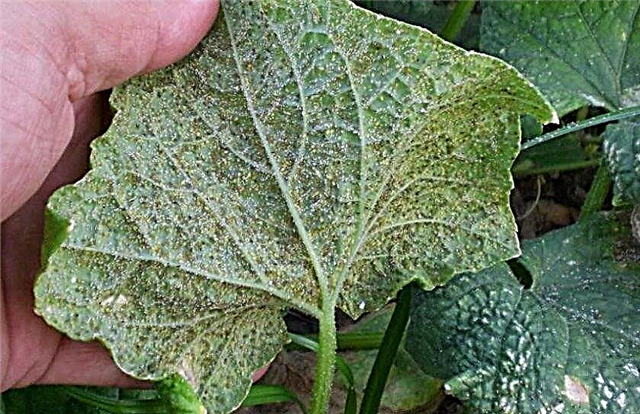
Unpleasant consequences of pest damage
The consequences of the defeat of cucumbers with whitefly are not the most pleasant.
Among the damage that the pest can cause to the plant, the following are distinguished:- slow growth of the bush;
- yield reduction;
- drying of the leaves and its gradual decline;
- disruption of the photosynthesis process;
- the involvement of other diseases, for example, fungal and viral infections, or insects, such as ants (due to deposition of honey dew on leaf plates).

What to do and how to get rid of white midges?
The fight against insects should come at a time when they are identified on a cucumber bush. Untimely treatment is fraught with the extinction of the vital activity of the plant and even its death. Before proceeding with the removal of whiteflies, you need to figure out the better to process the bush.
With the help of folk remedies
The first thing gardeners resort to when they discover such a misfortune is the use of folk remedies. Unlike chemicals, self-prepared spray solutions are considered by vegetable growers to be less harmful to the plant and its fruits.
Commonly used products include the following:Did you know? In the world there are about 1550 species of whiteflies.
- Vinegar solution. 1 tbsp. l vinegar 70% diluted in 1 liter of water. Spray plants before removing the pest.
- Soap solution. On 3 l of water, grate 500 g of laundry or tar soap, stir until a homogeneous consistency. The tool can be sprayed on the plant or wipe the affected parts with a sponge. You can apply it once or repeat the procedure after 7 days.
- Dandelion tincture. First you need to grind and mix 80 g of the root and foliage of dandelion. The mixture is poured into 2 liters of water and left for 4 days. After the specified time, the tincture is filtered through a colander into a spray bottle. It is necessary to carry out two sprays with a seven-day interval.
- Celandine tincture. The leaves of the plant in an amount of 250-270 g should be poured 3 liters of water. Means to insist 48 hours. For complete disposal of whiteflies, two or three times use is made with a break of 7 days.
- Garlic preparation. The head of garlic (about 6 medium-sized cloves) should be crushed using garlic presses, pour 3 liters of water and place the container with the infusion in a darkened room. After 24 hours, the drug is passed through a sieve. Apply garlic infusion up to 3 times every 7 days.
- Tobacco infusion. 50 g of tobacco must be pre-chopped. You can use the contents of cigarettes. This amount of raw material should be poured into 0.5 liters of boiling water and insisted for at least 4-5 days. Before use, the infusion needs to be filtered. Spraying the tops is carried out until the bush is fully recovered, maintaining an interval of 3 days between treatments.
Video: How to deal with whitefly on cucumbers
Mechanically
Since whiteflies do not penetrate into leaf plates, but are attached to them, mechanical collection of insects is a popular way out.
Do this in several ways:
- rinse with warm water;
- collect on a sponge soaked in soapy water;
- use masking tape.
Important! The mechanical method does not eliminate the possibility of the repeated spread of the pest. Still preferred are treatments with folk or chemical preparations.
Chemicals
Chemicals should be resorted to with the active spread of whiteflies.
Effective remedies include the following:
- Aktara. For spraying, you need to dilute 2-4 g of the drug in 10 l of water, the protection period is 2-4 weeks. When watering under the root, the dose of 10 l is 8 g, in this case the protection lasts 40-60 days. 10 liters of funds are used on 10 m² of land.
- Verticillin. In 5 l of water should be diluted with 50 ml of the drug. It is advisable to apply the solution to the affected parts of the leaf plates. Processing two or three times. The interval between use is 1 week with a severe lesion or 1.5 weeks with a small or medium degree of disease.

- "Fufanon". For 10 l of water use 10 ml of the product. When grown in a greenhouse, cucumbers are treated 1 time. In open ground, double use is allowed, while the protective effect lasts 1.5–2 weeks.
- Some gardeners suggest the use of boric acid. You need to prepare the drug based on the proportions of 5 g per 12 liters of water. Indeed, spraying with this product will help improve the development of cucumbers, increase the yield and strengthen the ovaries. However, it is better to use it as a top dressing to restore the affected bushes after treatment.
Important! Never strictly exceed the dose and frequency of use indicated in the instructions. Violation of the technology of use can lead to disruption of the plant.
Parasitic way
Gardeners propose to place in the greenhouse 5 pupae of encasia on 1 m² of space. This insect is an entomophage and eats whiteflies. However, pubescence on the leaves of cucumbers can become an obstacle to the contact of these two species. For this reason, the parasitic method is used less often, but is not excluded.

Preventive measures
The main thing in pest control is the prevention of their appearance.
To prevent whitefly attacks, you need to perform the following steps:
- after harvest, disinfect the soil with a suitable preparation, for example, potassium permanganate solution or copper sulfate;
- monitor the microclimate in the greenhouse (temperature +22 ... + 24 ° С and humidity 75–85%);
- remove weeds in a timely manner;
- loosen the soil as necessary;
- freeze the soil in winter (at –12 ° C the pest dies).




